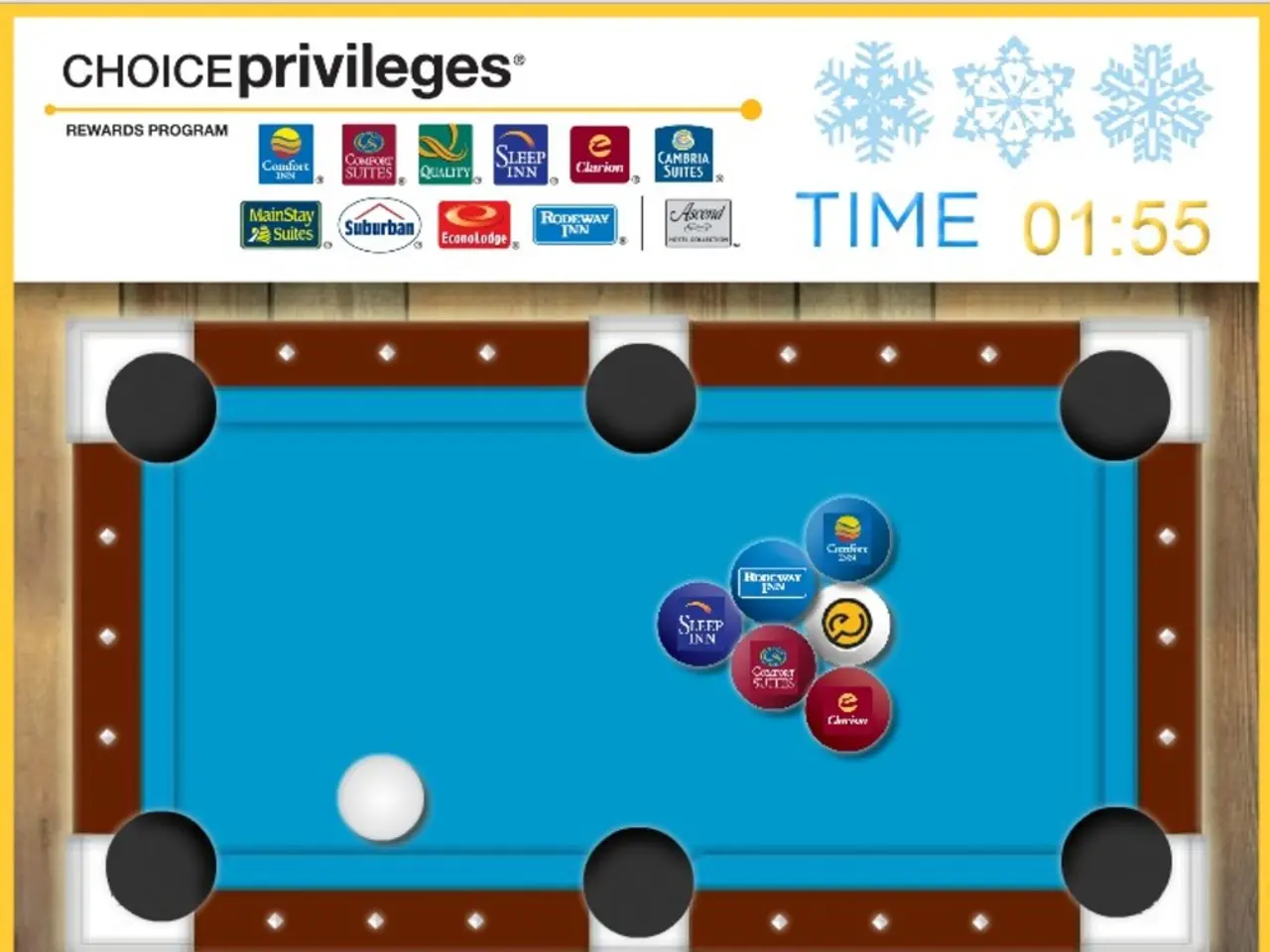Designing strategies for viruses and immunizations in a gaming context
In the heart of New Zealand, the University of Otago and Tūhura Otago Museum are collaborating on an innovative project to make science education more engaging and accessible – the Science of Medicines project and D-Bug Game Design Challenge.
Led by microbiologist Antonia Hoeta, who shares a passion for both science and gaming, this initiative aims to educate students about the intricate world of medicines, particularly focusing on viruses and the immune system.
The Science of Medicines - Whakatere Waka project employs games and game design as a primary outreach tool, creating infographic factsheets to provide a helpful background. The D-Bug Game Design Challenge, a key part of this project, invites students to apply their newfound knowledge to design their own games or game ideas.
The D-Bug Game Design Challenge is not just about creating a game; it's about understanding the complex process of viral transmission and infection, discussing defense strategies, and even creating characters and narratives about these biological entities. By the end of this activity, students will have gained a comprehensive understanding of viruses, their transmission, and the role of the immune system in protecting us.
The D-Bug Game Design Challenge is not alone in its mission to gamify virus education. Examples such as Supre-Immune, a top-down arena game where players control immune cells to fight bacteria and viruses, offer an interactive, game-style approach to learning about immune responses.
While other health-related gamified learning activities exist, specific examples focused on virus–immune system interactions like D-Bug and Supre-Immune are relatively rare. However, there are various classroom activities, project ideas, and relay race games promoting understanding of body systems, particularly immunity, which can complement game-based projects.
To support this educational journey, the Science of Medicines project and D-Bug Game Design Challenge have received funding from Unlocking Curious Minds. Resources such as "Microorganisms - friend or foe?", "Virus Strains", "Vaccines and Therapies", "Coronavirus", and "Infection" provide additional information to deepen students' understanding.
To aid students in observing and deciphering the information presented in the infographic factsheets, the activity "Viruses and Immunity - Interpreting Infographics" has been developed. The factsheets themselves, titled "D-Bug Fun Facts: Going Viral!", "D-Bug Fun Facts: Deadly Looks", "D-Bug Fun Facts: Transmission & Infection", "D-Bug Fun Facts: The Immune System", "D-Bug Fun Facts: Vaccines & Antivirals", "D-Bug Fun Facts: Mutations", "D-Bug Fun Facts: Defence Strategies", and "D-Bug Fun Facts: Community Immunity!" offer a visually appealing and informative way to learn about viruses and the immune system.
By combining the power of games and education, the Science of Medicines project and D-Bug Game Design Challenge are making science more accessible and engaging for students, fostering a new generation of curious minds ready to tackle the challenges of the future.
- The D-Bug Game Design Challenge, part of the Science of Medicines project, encourages students to design games that educate about medical-conditions like viruses and the immune system, contributing to the health-and-wellness learning experience.
- With a focus on viruses and the immune system, the Science of Medicines project and D-Bug Game Design Challenge utilize games and game design to make science education engaging, providing resources on topics such as viruses, vaccines, and the immune system.




